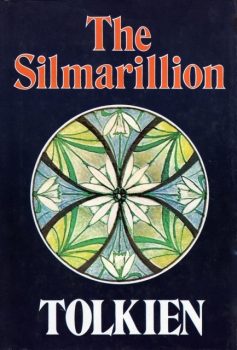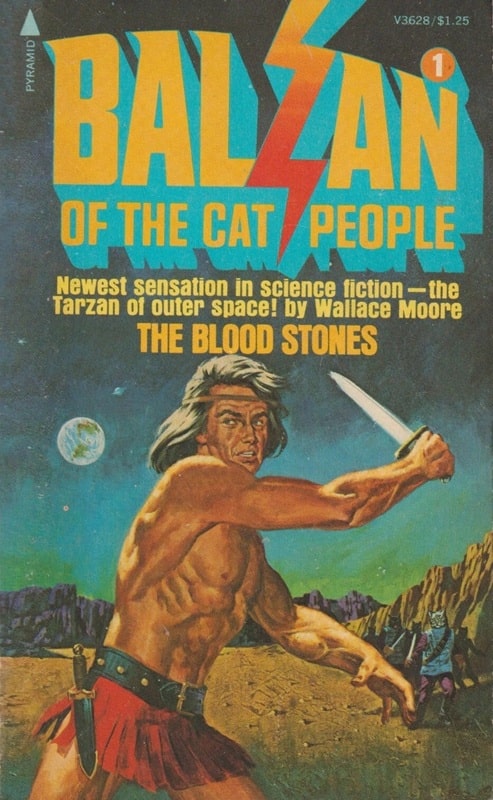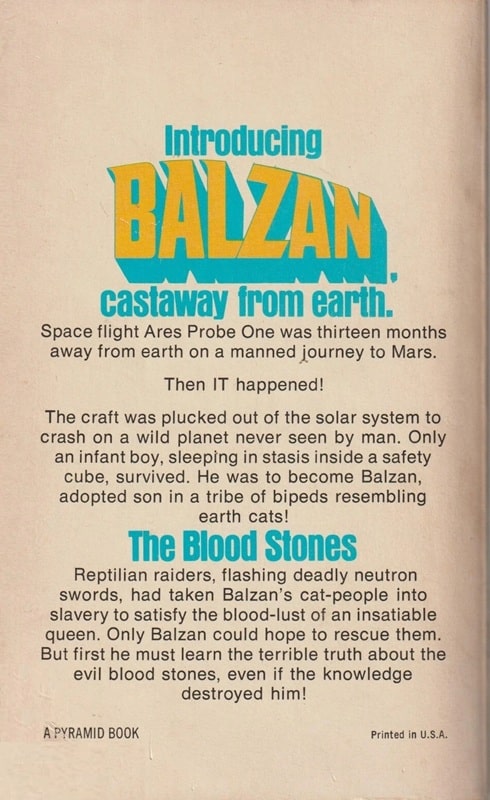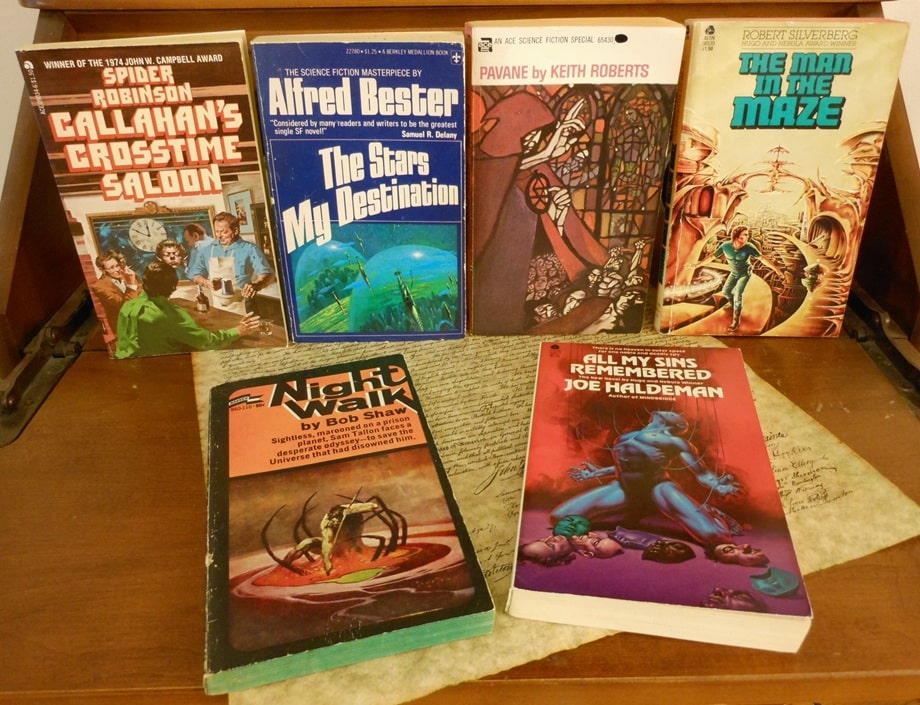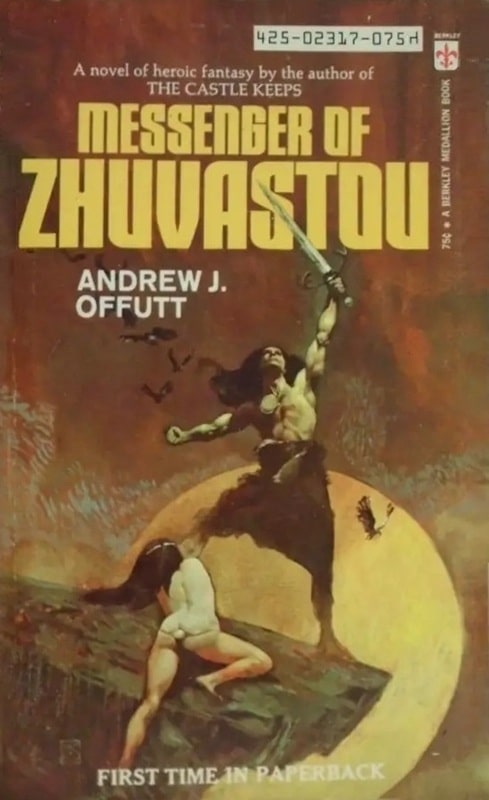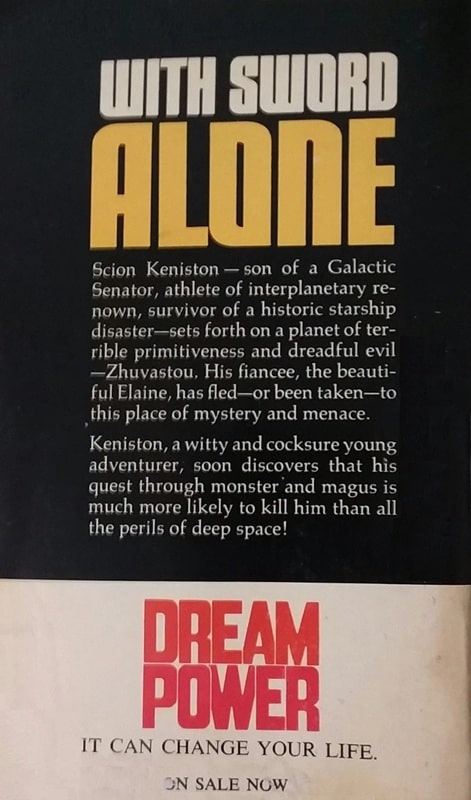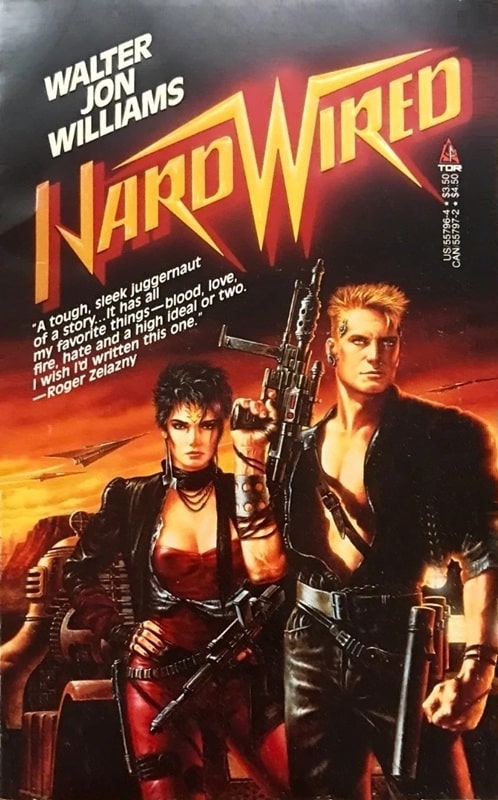Tor Doubles #37: Esther Friesner’s Yesterday We Saw Mermaids and Lawrence Watt-Evans’ The Final Folly of Captain Dancy

This volumes was originally scheduled for September 1991, but the series was cancelled before it would see print. Both stories were eventually published by Tor in different formats. Had this volume been printed, it would have been the first volume in the series to include two original stories. Although published separately, both were coincidentally first published in the same month.
Yesterday We Saw Mermaids was eventually published as a stand-alone novel by Tor Books in October, 1992. Set in 1492, Friesner tells the story of a magical ship that seems to be racing Christopher Columbus’ expedition to the new world. The ship is mostly crewed by a group of nuns from Porto in Spain, but there is also a monk, Brother Garcilaso, a woman named Rasha, and two unnamed women, one called La Zagala and one called the Jewess. The story is told from the point of view of a young nun, Sister Ana, who has been appointed the scribe for the voyage.
